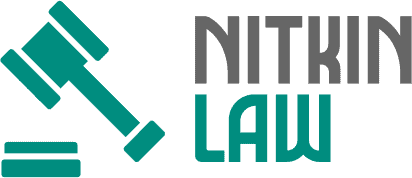
Background and Facts
In a landmark incident in 2018, Elaine Herzberg became the first pedestrian fatality involving a fully autonomous vehicle when she was tragically struck by a self-driving Uber vehicle in Tempe, Arizona. The incident immediately drew intense scrutiny, highlighting significant safety and legal challenges surrounding emerging autonomous vehicle technologies. Fast-forward to 2025, Herzberg’s family has reopened legal proceedings, filing a renewed $10 million lawsuit against the City of Tempe. This recent lawsuit centers around claims that negligent infrastructure design, inadequate signage, and insufficient pedestrian safety measures played a critical role in the tragedy by inadvertently promoting unsafe pedestrian behaviors.
Herzberg’s accident occurred in an area without a designated crosswalk, prompting intense discussion about urban planning and safety measures that municipalities must consider. How could city planning influence pedestrian decisions, and what responsibility does a municipality hold in ensuring pedestrian safety?
For individuals navigating similarly complex situations, seeking counsel from an experienced Tempe auto accident lawyer can prove invaluable in understanding rights and potential remedies.
Legal Issues at Stake
This revived lawsuit significantly spotlights several pressing legal considerations that municipalities must address in relation to autonomous vehicles and pedestrian safety:
- Municipal Liability and Infrastructure Design
Cities have a legal obligation to design and maintain roads that safely accommodate all users, including pedestrians, cyclists, and increasingly, autonomous vehicles. This case challenges Tempe’s urban planning strategies, scrutinizing whether the city adequately addressed known pedestrian safety risks through proper roadway design and effective safety measures.
- Autonomous Vehicle Liability
While initial litigation primarily targeted Uber’s operational decisions, the 2025 case directs attention squarely toward municipal responsibility. The critical legal question is how proactively Tempe considered and adapted its infrastructure standards to address the integration of autonomous vehicles, ensuring roadway safety amid technological advancement.
- Pedestrian Behavior and Safety
This case fundamentally addresses the relationship between pedestrian behaviors and infrastructure design. The central question remains whether city designs implicitly encouraged unsafe pedestrian crossings. Arizona’s comparative negligence framework requires detailed analysis of how Tempe’s roadway planning decisions may have unintentionally fostered risky pedestrian behavior.
Analysis of Liability
Arizona courts apply a comparative negligence framework in pedestrian-related accidents, meaning fault and damages can be apportioned among multiple parties. In evaluating the renewed lawsuit, the court will meticulously examine city planning documentation, historical traffic safety records, expert testimony, and pedestrian behavior patterns. The critical legal test involves determining whether Tempe should have anticipated and mitigated risks associated with pedestrians crossing at non-designated areas, particularly given the introduction and integration of autonomous vehicles.
Ultimately, the court’s determination will hinge on detailed assessments of city planning foresight, infrastructure adequacy, and the broader safety measures implemented by Tempe.
Importance to the Tempe Community
The lawsuit has profound implications for the broader Tempe community. It underscores the urgency of modernizing municipal safety standards and infrastructure planning in response to rapidly advancing technologies like autonomous vehicles. The Herzberg tragedy highlights a crucial intersection between technological innovation, urban planning, and pedestrian safety, pushing Tempe residents and officials to critically evaluate current safety standards.
This case serves as a stark reminder of the immediate need to align city infrastructure planning proactively with evolving vehicle technologies and pedestrian safety expectations. Effective urban planning will be crucial for ensuring harmonious and safe interactions among pedestrians, conventional vehicles, and autonomous systems.
Conclusion and Recommendations
The renewed Herzberg lawsuit against Tempe represents a significant intersection of municipal liability, pedestrian safety, and autonomous vehicle integration. As this lawsuit moves forward, it emphasizes the need for cities to anticipate and swiftly respond to the evolving landscape of transportation technology and pedestrian safety demands.
Tempe officials should immediately pursue comprehensive evaluations and upgrades of current infrastructure, pedestrian safety measures, and public education campaigns. Proactive and adaptive urban planning and policy-making will be essential to managing emerging technologies and safeguarding public safety effectively.
For individuals facing similar legal complexities, engaging expert legal guidance remains critically important. Specialized legal support can help navigate intricate liability issues and secure appropriate remedies in cases involving advanced vehicle technologies and pedestrian safety.

